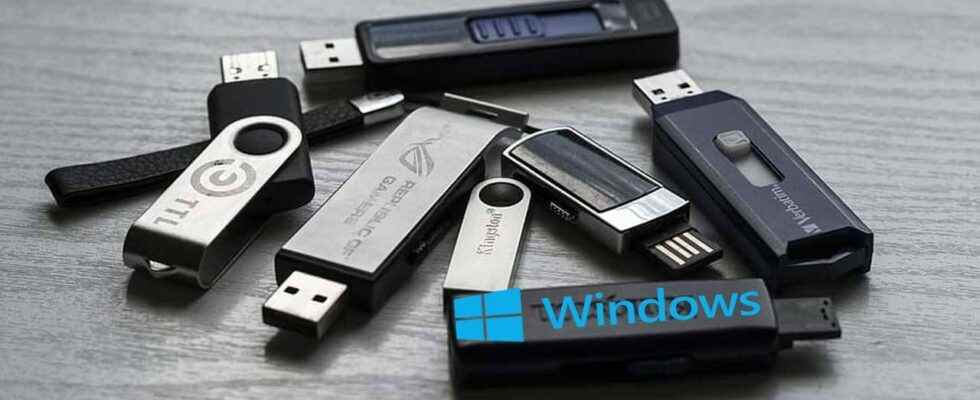Formatting computers actually means deleting all data in the drive, namely HDD or SSD, and reinstalling the operating system. We can also think of it as restoring it to factory settings. Usually, this is done when our devices become very slow, unable to function or are infected with viruses that we cannot get rid of, that is, when the device is now a security risk.
Of course, most people can easily do this from the settings section directly under the Recovery or Factory Reset headings on their systems. But sometimes our systems can also give the notorious blue screen of Windows. So we may need to intervene physically. Therefore, formatting is done from a CD or USB. We share the steps of UEFI Windows installation, which is one of the easiest ways to do this.
How to format UEFI from USB?
When many people want to reset their computers, they can easily reload their systems thanks to the UEFI USB sticks they have prepared beforehand. It should also be noted that this process can also be applied to computers that come without FreeDos, that is, without an operating system installed.

In addition, it should be noted that UEFI has now replaced the BIOS. When an installation is made in this way, operating systems boot much faster. It also brings many advantages such as faster falling asleep and waking times. Here are the steps to install UEFI Windows:
- Click here to download the Windows 10 ISO file.
- After testing the compatibility of your system, you can download it in Windows 11 if you wish.
- Click here to download the latest version of Rufus ISO burning tool
- Prepare your 16GB and above USB stick
- Open Rufus to select your memory, then click the SELECT button to select the downloaded ISO file.
- Select the partition as GPT. The file system will be NTFS.
- Then click the start button. (All files in USB will be deleted except Windows)
- Plug in the USB while your computer is off
- The hotkey for the boot menu is usually the F7 to F12 keys or ESC
- Start the computer and enter the Boot menu
- Select your USB with the arrow keys and press Enter
- Then start the installation by entering the Windows product key.
What do you think about this subject? Have you installed UEFI before? Don’t forget to share your views with us in the comments!
